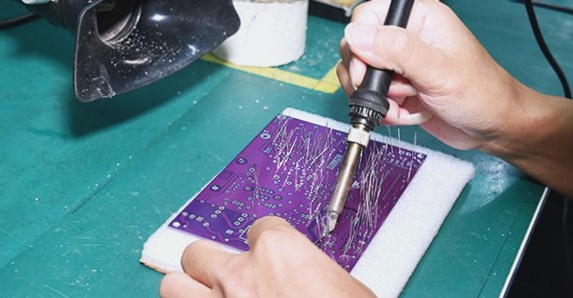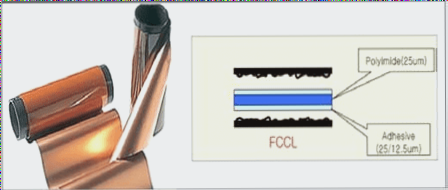PCB Circuit Board Chemical Reactions and Processes
-
Acceleration in PCB Manufacturing
The term “Acceleration” in PCB circuit board processes refers to the use of accelerators to expedite chemical reactions. This is crucial in the plated through hole (PTH) process, where the interaction between palladium and copper ions leads to the formation of a chemical copper layer.
-
Accelerator and Promoter
Accelerators, also known as Promoters, are additives that enhance chemical reactions in PCB fabrication. These substances play a vital role in processes like through-hole plating and chemical copper deposition.
-
Activation and Activator
In PCB manufacturing, Activation involves the deposition of palladium colloids on non-conducting holes, while Activators assist in the cleaning process of metal surfaces. These agents are essential for initiating and promoting chemical reactions.
-
BackLight Inspection Method
BackLighting is a technique used to inspect the integrity of plated through-hole copper walls in PCBs. By injecting light and observing the resulting patterns, manufacturers can ensure the quality of the copper layer.
-

-
Barrel Plating and Barrel Hole Wall
Barrel plating is a method used in PCB manufacturing to electroplate small parts efficiently. The barrel hole wall refers to the wall of plated through-holes and is crucial for maintaining the integrity of the circuit board.
-
Catalyst in PCB Production
Catalysts are substances that facilitate chemical reactions in PCB production, promoting the growth of seeds for electroless copper coating. These agents play a vital role in the PTH process, enhancing conductivity.
-
Chelating Agents
Chelating agents like EDTA play a crucial role in PCB manufacturing by forming rings with metal ions, aiding in the removal of impurities and ensuring the quality of the final product.
-
Circumferential Separation in PCBs
Circumferential separation in PCBs refers to the functionality of plated through-hole copper walls in providing soldering and inter-layer interconnection. Ensuring the integrity of these hole walls is essential for high-quality PCBs.
Types of PCB Surface Treatment
Colloid is a classification of fluids, such as milk and muddy water, containing suspended large or small molecules in a liquid. Unlike true solutions, colloids maintain this suspended state. In PCB manufacturing, the “palladium” in the PTH activation bath initially exists as a true solution but transitions to a colloidal state upon aging, requiring the colloidal bath for the activation reaction.
Modern PCB Plating Techniques
Direct Plating is an innovative process that has recently emerged to eliminate traditional chemical copper, which may contain harmful formaldehyde from PTH. It prepares the hole wall for metalization using methods like black hole, conductive polymer, and electroplating chemical copper, directly electroplating copper to complete the hole wall. Various commercial processes are currently being promoted for this purpose.
Significance of EDTA in PCB Manufacturing
EDTA, short for Ethylene-Diamine-Tetra-Acetic Acid, is a crucial organic chelating agent. This colorless crystal is slightly water-soluble, and its four dissociable hydrogen atoms can be replaced by sodium atoms to form various sodium salts, enhancing its solubility. After hydrolysis, EDTA captures divalent metal ions in water, acting as “chelating” clips. EDTA finds extensive applications in cleaning agents, shampoos, chemical copper and electroplating, antioxidants, heavy metal detoxifiers, and pharmaceuticals, making it a vital additive in various industries.
Understanding Electroless-Deposition in PCB Production
Electroless-deposition, also known as electroless plating, takes place in a bath of metal ions like copper or nickel, where a negatively charged surface is submerged, enabling continuous metal deposition without the need for external current. This process, widely used in the circuit board industry, is often termed as “non-electric copper” or “chemical copper,” and sometimes referred to as “sink copper” in specific regions.




